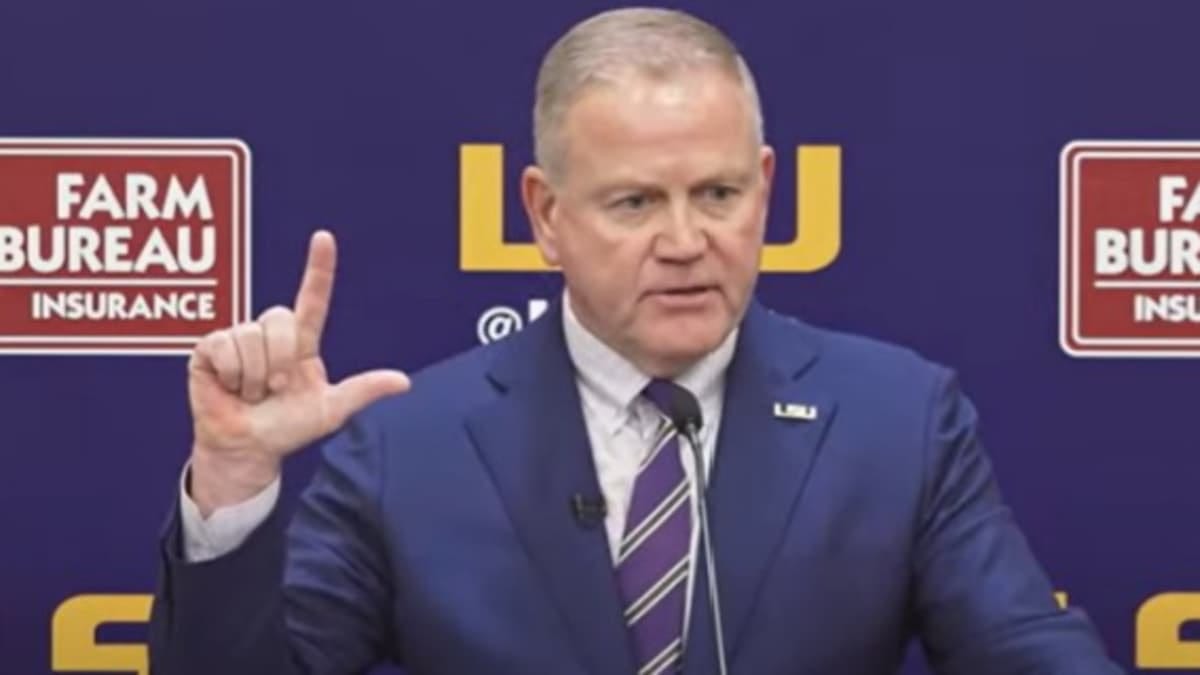No One’s Insuring Your Bad Decisions: The New Reality for College Coaches
For two decades, college football’s economy has been defined by runaway contracts — multimillion-dollar buyouts, escalating guarantees, and the unspoken rule that firing a coach simply meant cutting another eight-figure check.
The balloon-coach era may have just burst.
1. The End of Blind Guarantees
The LSU–Brian Kelly dispute lays bare the new math athletic directors can’t ignore. When a public university’s coach claims $54 million in severance while state officials question who’s footing the bill, fiduciary optics become as important as wins and losses.
Universities, boards, and donors now realize these buyouts are uninsurable financial liabilities — contractual promises that no policy will rescue. That recognition is forcing a pivot toward contracts that behave more like corporate employment agreements than vanity deals for icons.
2. The Coming Contract Correction
Expect four visible shifts this cycle:
Performance-weighted guarantees. A shrinking share of fully guaranteed years; incentives will replace “flat” security.
For-cause flexibility. Broader definitions of misconduct or reputational harm, backed by mandatory compliance audits.
Mitigation clauses with teeth. Schools will demand that fired coaches offset buyouts with future earnings.
Procedural precision. Boards will codify who can terminate, how notice is given, and what documentation triggers payment — the fine print that decides multimillion-dollar outcomes.
3. Insurance & Risk-Transfer Reality Check
Even with better drafting, universities will still look for financial backstops. The uncomfortable truth: insurance doesn’t pay buyouts — it only funds the defense when things go sideways.
Directors & Officers (D&O) / Public-Officials Liability
Purpose: Protects decision-makers against claims of wrongful acts (e.g., mismanaging contracts or budgets).
Limits: Contractual payment obligations like buyouts are not covered losses. Only certain defense costs or investigations might qualify — depending on policy wording and public-entity endorsements.
Employment-Practices Liability (EPL)
Purpose: Covers discrimination or retaliation claims.
Limits: Does not address financial disputes over buyouts or terminations for performance; at most, it helps with legal defense if allegations spill into covered torts.
Fiduciary Liability / Crime Coverage
Purpose: Protects benefit-plan trustees or addresses theft/fraud.
Limits: Irrelevant here unless embezzlement or misuse of benefit funds is alleged.
Reputation / Crisis-Response Add-Ons
Purpose: Pay for PR and crisis consultants after headline events.
Limits: Small sub-limits that can’t touch the nine-figure exposure of a major buyout.
Key takeaway: Insurance almost never writes the check for a coach’s severance. The real risk transfer happens in contract architecture — cause definitions, offsets, and funding design between boosters, collectives, and university accounts.
4. The Next Generation of Coaching Deals
The market will move toward risk-priced coaching, not celebrity-priced coaching. That means:
Shorter initial terms (3–4 years, with extension triggers).
Rolling renewals tied to compliance and player-development metrics, not just win totals.
Split funding models where collectives or private donors carry NIL and performance incentives separately from institutional salary obligations.
Transparency clauses to pre-empt political backlash in public-school environments.
5. Why This Matters Beyond Baton Rouge
When a blue-blood program like LSU weaponizes procedure to contest a buyout, every other athletic department takes note. The ripple effect reaches:
Agents, who must now prove they can price contracts to withstand board scrutiny.
Insurers, who will refine public-entity forms to clarify what is and isn’t covered.
Athletes, whose NIL and collective agreements may soon mirror these same accountability clauses.
The balloon-coach era was built on reputational capital; the next era will be built on risk discipline.
Bottom Line
College sports are entering a corporate governance phase. The contracts will still be rich — but the oxygen fueling their size is gone. In its place: actuarial thinking, legal precision, and financial restraint.
In the future, the winning programs won’t just recruit better players; they’ll draft better contracts.


